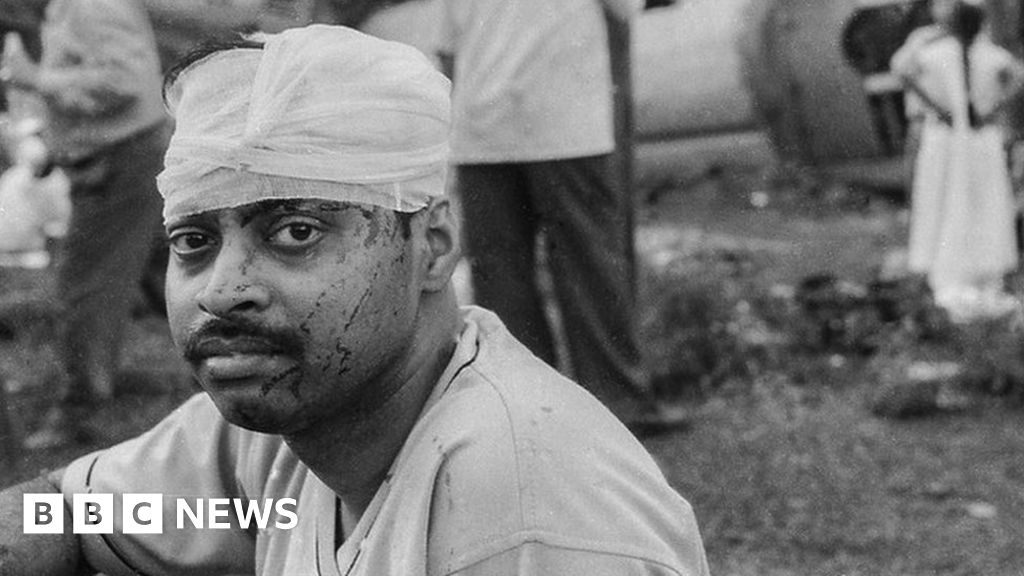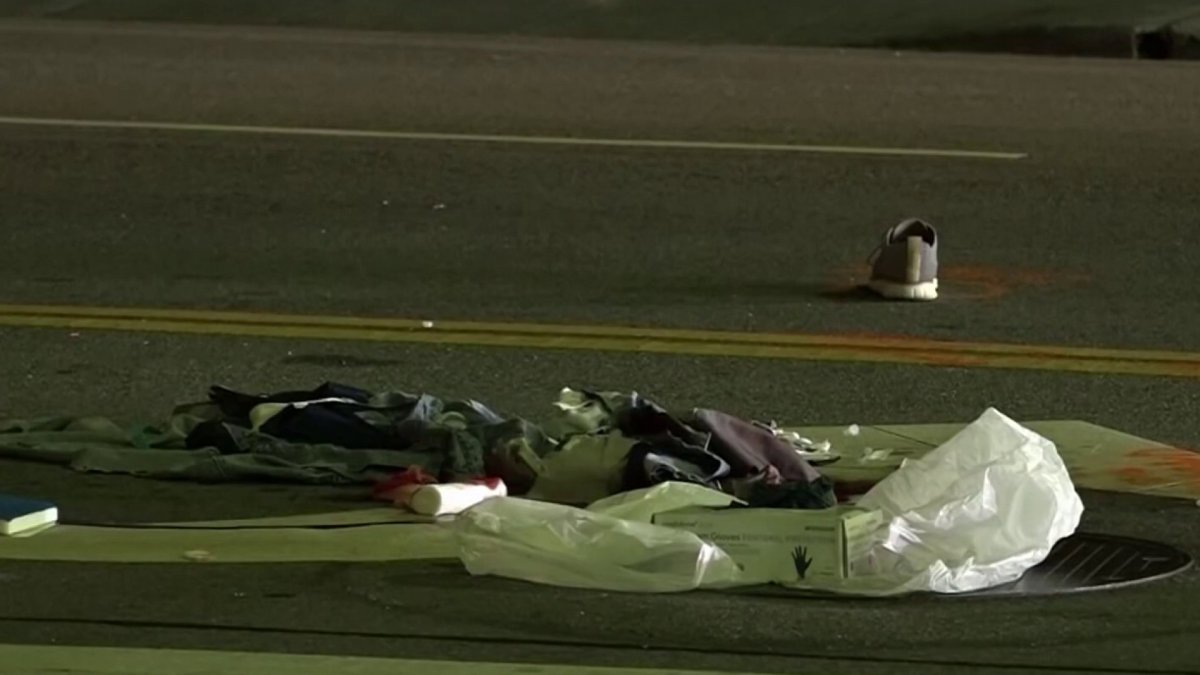Burlingame Train Crash: The Incident That Shook The Community
So here's the deal, folks. The Burlingame train crash is one of those stories that sends shivers down your spine. Imagine this: a peaceful morning in a quiet town, and then—BOOM!—chaos erupts. The crash wasn't just an accident; it was a wake-up call for everyone involved. It's something we need to talk about, and that's exactly what we're gonna do. So buckle up, because this story’s got twists and turns you won’t forget anytime soon
When people hear about train crashes, their minds immediately jump to the worst-case scenarios. And yeah, the Burlingame train crash had its fair share of drama. But it also highlighted the resilience and strength of the community. From first responders rushing to the scene to neighbors helping each other out, there's so much more to this story than just the collision itself. We're diving deep into the details, so you get the full scoop.
Now, before we dive headfirst into the nitty-gritty, let’s set the stage. Burlingame, California, isn’t exactly a place you’d expect something like this to happen. Known for its charm and picturesque scenery, the town was thrown into the spotlight for all the wrong reasons. But every cloud has a silver lining, right? Let’s explore how this tragic event unfolded and what lessons we can take away from it.
Read also:Palang Tod Series The Complete Guide To The Iconic Actionthriller Series
Understanding the Burlingame Train Crash
Alright, so the Burlingame train crash wasn’t just some random accident. It happened on a fateful day when a Caltrain locomotive collided with another train near the Burlingame station. The impact was massive, and the aftermath was devastating. But how did it happen? That’s the million-dollar question everyone’s been asking.
Experts have been digging into the details, trying to piece together the puzzle. Factors like human error, mechanical issues, and even weather conditions have all been considered. It’s not as simple as pointing fingers—it’s about understanding the bigger picture. And that’s exactly what we’re gonna break down for you.
What Really Happened?
Here’s the lowdown: the crash occurred during rush hour, which made things even worse. Picture this: hundreds of commuters packed into trains, all expecting a smooth ride to work. Instead, they were thrust into chaos. The collision happened because one train failed to stop at the designated point, leading to a catastrophic chain reaction.
Now, here’s where it gets interesting. Investigators found that the train’s braking system wasn’t functioning properly. Combine that with a distracted engineer, and you’ve got a recipe for disaster. But don’t worry—we’ll dive deeper into the causes later. For now, let’s focus on what happened immediately after the crash.
Immediate Aftermath of the Burlingame Train Crash
So, the crash happened. What next? Well, the scene was chaotic, to say the least. Emergency services were on the scene in no time, working tirelessly to rescue survivors and assess the damage. Ambulances, fire trucks, and police cars flooded the area, creating a scene that looked more like a movie than real life.
But here’s the thing: despite the chaos, people came together. Strangers turned into heroes, helping each other out in the blink of an eye. It’s moments like these that remind us of the power of community. Sure, the crash was tragic, but it also showcased the best of humanity.
Read also:Is John Harbaughs Daughter Married Everything You Need To Know
Who Was Affected?
Let’s talk about the victims. Over 50 people were injured in the crash, with several suffering from severe injuries. It’s heartbreaking to think about, but it’s important to acknowledge the impact this had on individuals and families. Some passengers were trapped inside the train for hours, waiting for rescue teams to reach them.
But it wasn’t just the passengers who were affected. The entire town of Burlingame felt the ripple effects. Businesses near the station were shut down temporarily, and daily commutes were disrupted for weeks. It was a wake-up call for everyone involved, highlighting the importance of safety measures in transportation.
The Role of First Responders
When disaster strikes, first responders are the unsung heroes who step up to the plate. In the case of the Burlingame train crash, their actions were nothing short of heroic. Firefighters, paramedics, and police officers worked tirelessly to ensure everyone was safe and accounted for.
But it wasn’t easy. The wreckage was extensive, and accessing certain areas was a challenge. Yet, they persevered, working against the clock to save lives. It’s moments like these that remind us of the dedication and bravery of these individuals.
Lessons Learned from the Response
Every disaster presents an opportunity to learn and improve. The Burlingame train crash was no exception. Emergency services identified areas where they could enhance their response times and coordination. They also emphasized the importance of training and preparation for such incidents.
For the community, it was a lesson in resilience. People came together, supporting each other through the toughest of times. It’s a testament to the strength of human spirit, even in the face of adversity.
Investigating the Causes
Now, let’s get into the nitty-gritty. What exactly caused the Burlingame train crash? As we mentioned earlier, it wasn’t just one factor—it was a combination of things. The National Transportation Safety Board (NTSB) conducted a thorough investigation, and here’s what they found:
- Braking system failure
- Engineer distraction
- Lack of proper communication protocols
Each of these factors played a significant role in the crash. The NTSB report highlighted the need for better safety measures and stricter regulations. It’s not just about pointing fingers—it’s about preventing something like this from happening again.
How Can We Prevent Future Accidents?
Prevention is key, and that’s exactly what experts are focusing on. Recommendations include:
- Implementing advanced braking systems
- Enhancing communication between train operators
- Providing regular training for engineers
It’s all about creating a safer environment for everyone involved. The lessons learned from the Burlingame train crash are invaluable, and they’re being used to improve transportation systems across the country.
Community Impact and Support
The crash didn’t just affect the victims—it had a profound impact on the entire community. Burlingame residents came together in solidarity, offering support and resources to those in need. Local businesses donated supplies, and volunteers stepped up to help wherever they could.
But it wasn’t just about material support. The emotional toll of the crash was significant, and the community rallied to provide counseling and mental health services to those affected. It’s a reminder of the importance of mental health in the wake of tragedy.
How Can You Help?
If you want to make a difference, there are plenty of ways to get involved. Donate to local charities, volunteer your time, or simply spread awareness about the importance of safety in transportation. Every little bit helps, and together, we can create a safer world.
Legal Implications and Accountability
When an accident like this happens, legal questions inevitably arise. Who’s responsible? What steps are being taken to ensure accountability? These are important questions that need answers.
The NTSB report played a crucial role in determining liability. Caltrain, the train operator, faced scrutiny over their safety protocols and maintenance practices. Legal action was taken against them, with several lawsuits filed by victims seeking compensation.
What Does This Mean for the Future?
The legal proceedings surrounding the Burlingame train crash have set a precedent for future cases. It emphasizes the importance of accountability and transparency in the transportation industry. Companies are now more vigilant about maintaining their equipment and ensuring proper training for employees.
Psychological Effects on Victims
While physical injuries can heal, the psychological scars of the Burlingame train crash may take longer to mend. Many victims reported suffering from PTSD, anxiety, and depression in the aftermath of the incident. It’s a reminder of the invisible wounds that often go unnoticed.
Mental health professionals have been working tirelessly to provide support to those affected. Counseling services, support groups, and therapy sessions have all been made available to help victims cope with the trauma.
Breaking the Stigma
One of the biggest challenges in addressing mental health is breaking the stigma. Victims often feel ashamed or reluctant to seek help, but it’s crucial that they do. The community has been instrumental in encouraging open conversations about mental health, creating a safe space for everyone to share their experiences.
Conclusion: Moving Forward
Alright, folks, let’s wrap this up. The Burlingame train crash was a tragedy that no one ever wanted to happen. But it also taught us valuable lessons about safety, community, and resilience. From the bravery of first responders to the support of the community, there were so many bright spots amidst the darkness.
As we move forward, it’s important to remember the lessons learned. Implementing better safety measures, enhancing communication, and prioritizing mental health are just a few of the steps we can take to prevent future accidents. And hey, if you’ve got thoughts or questions, drop them in the comments below. Let’s keep the conversation going!
Table of Contents
- Burlingame Train Crash: The Incident That Shook the Community
- Understanding the Burlingame Train Crash
- What Really Happened?
- Immediate Aftermath of the Burlingame Train Crash
- Who Was Affected?
- The Role of First Responders
- Lessons Learned from the Response
- Investigating the Causes
- How Can We Prevent Future Accidents?
- Community Impact and Support
- How Can You Help?
- Legal Implications and Accountability
- What Does This Mean for the Future?
- Psychological Effects on Victims
- Breaking the Stigma
- Conclusion: Moving Forward


